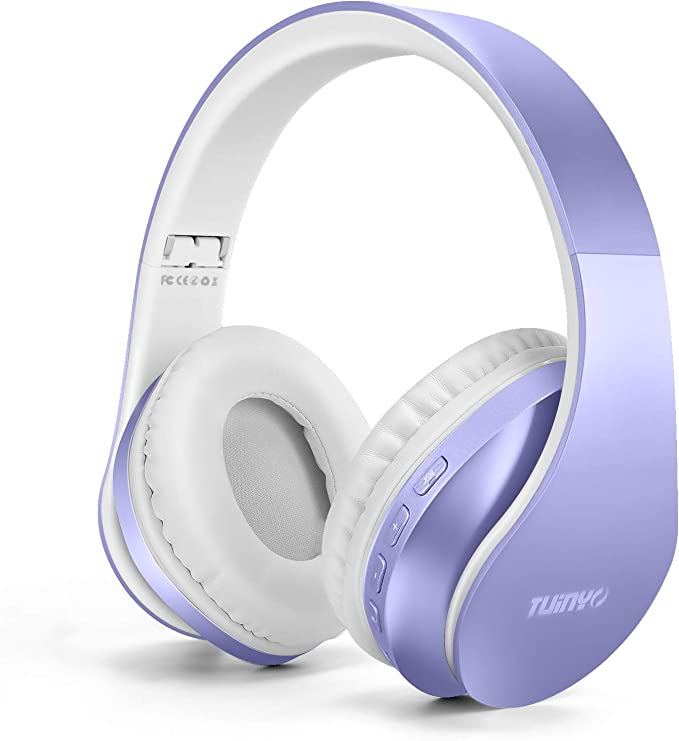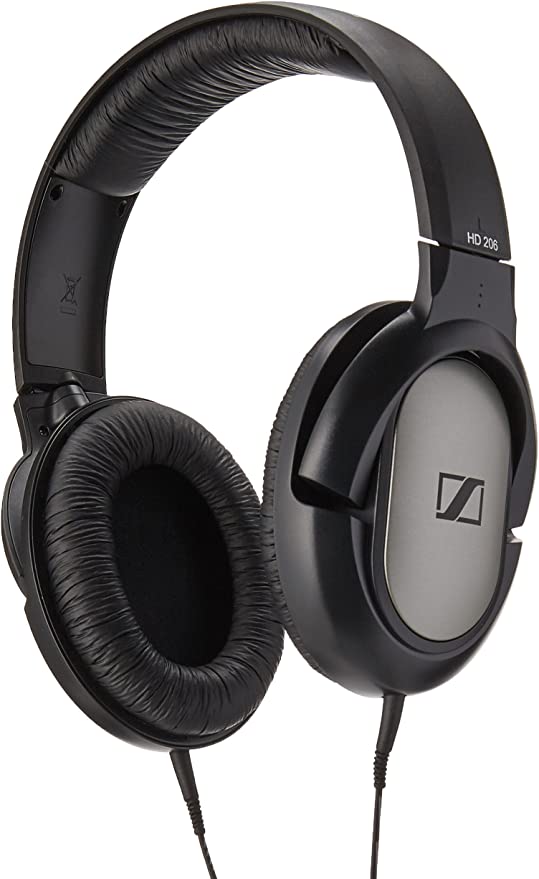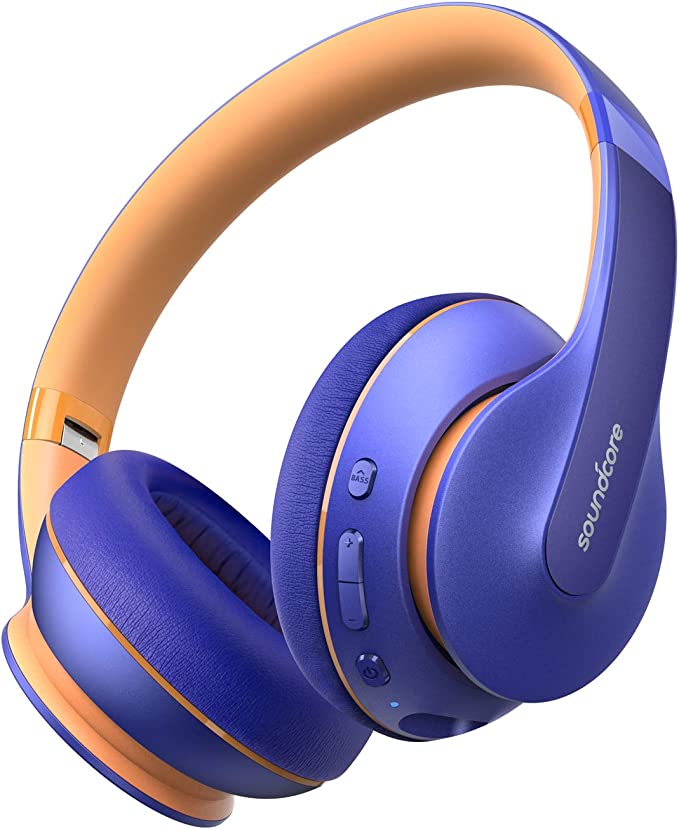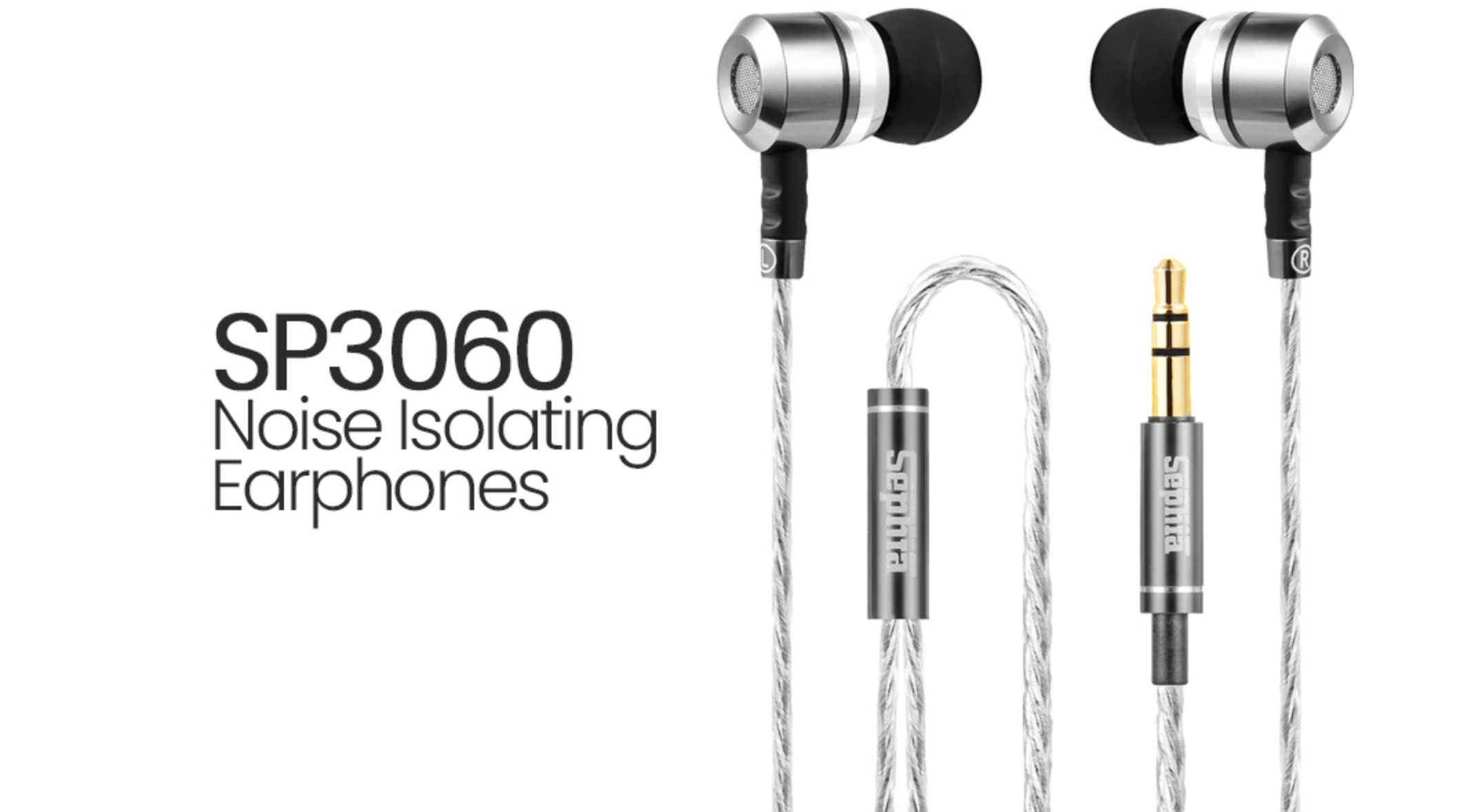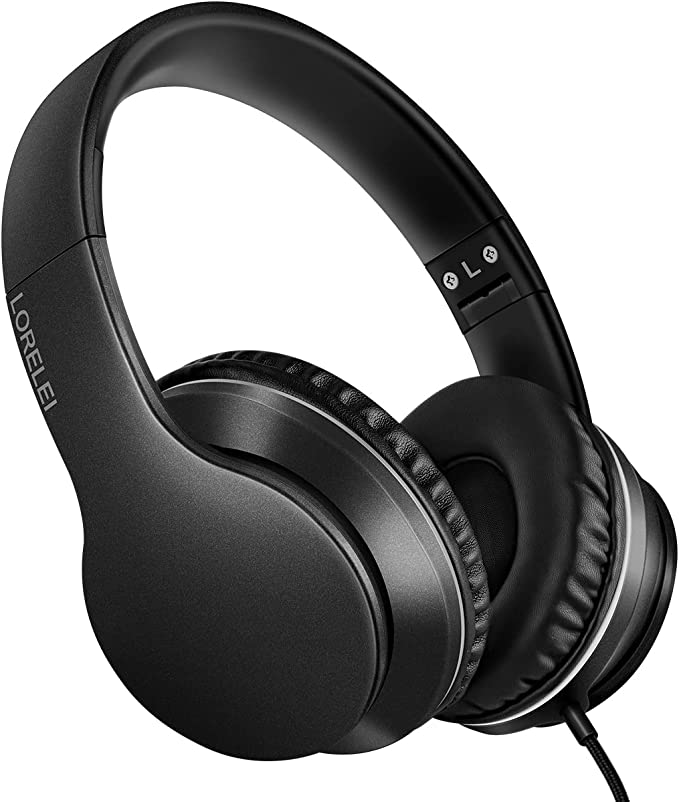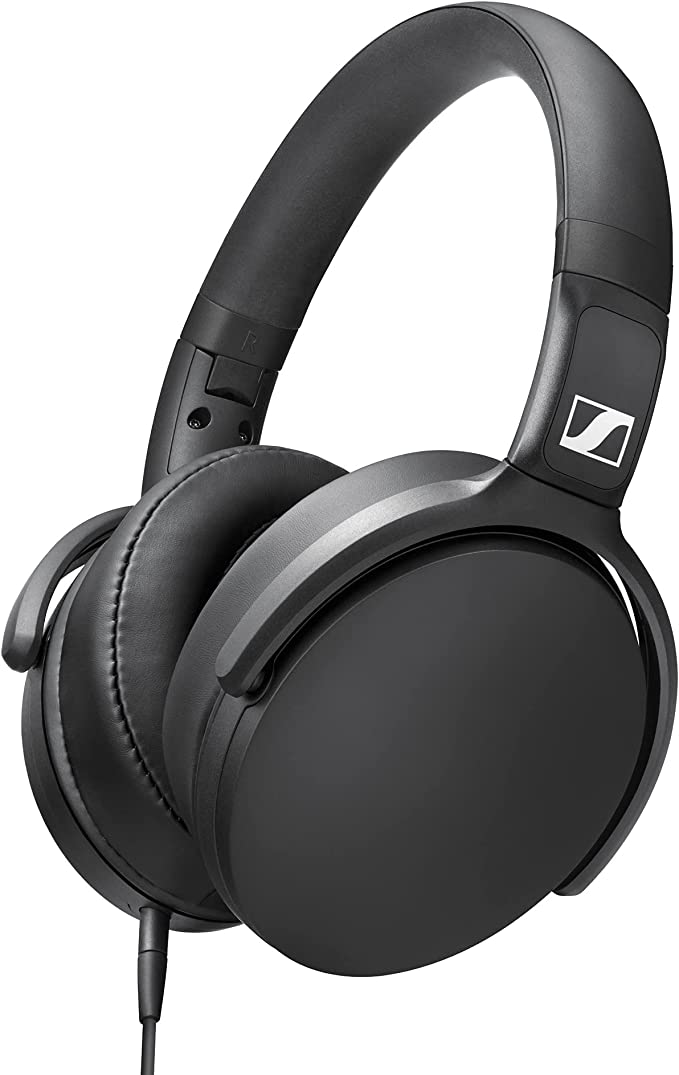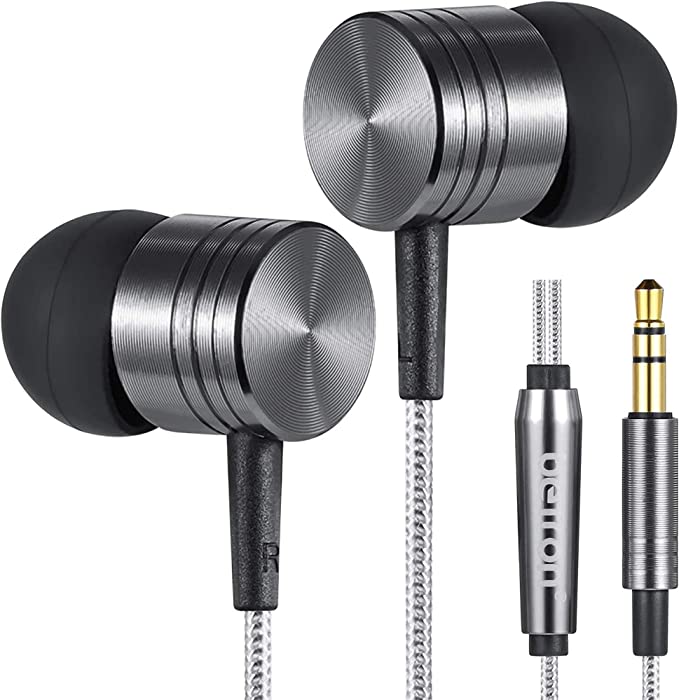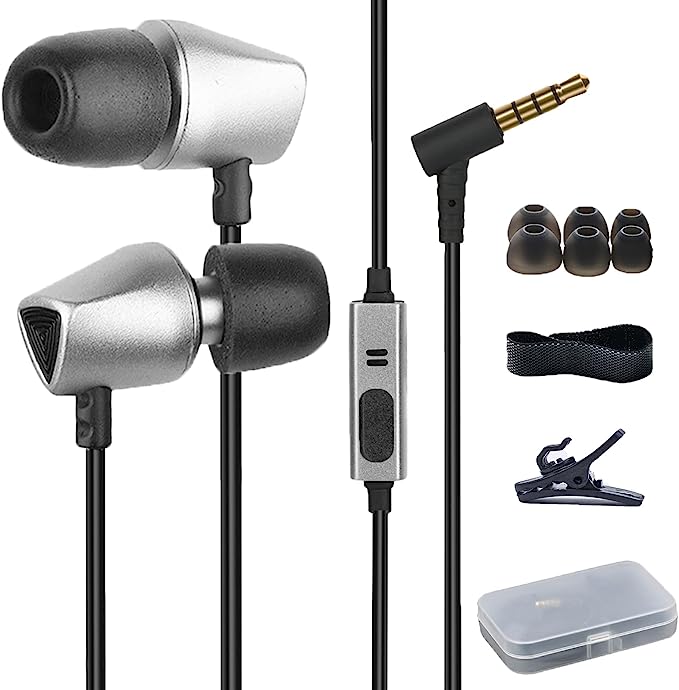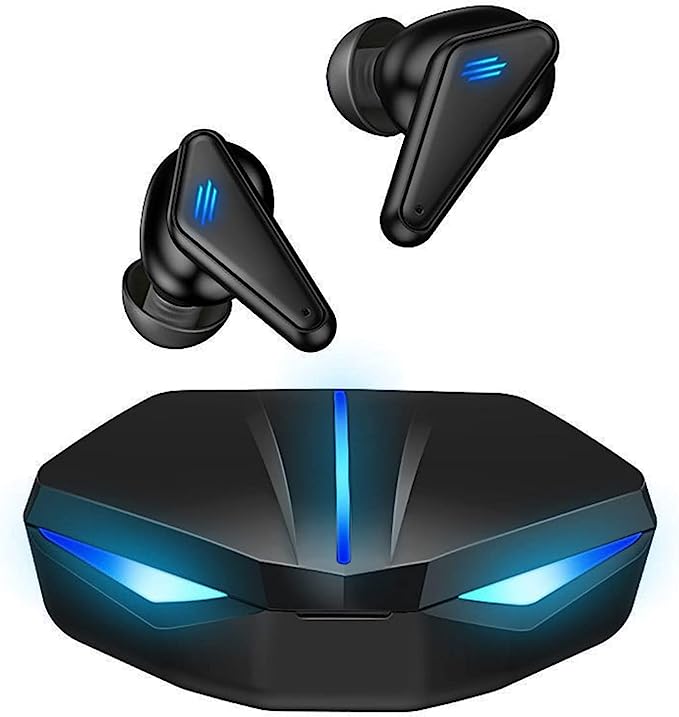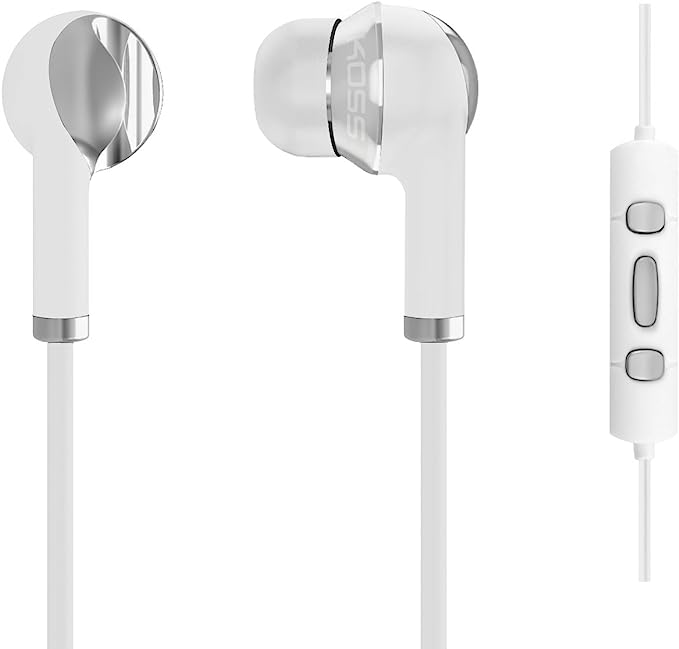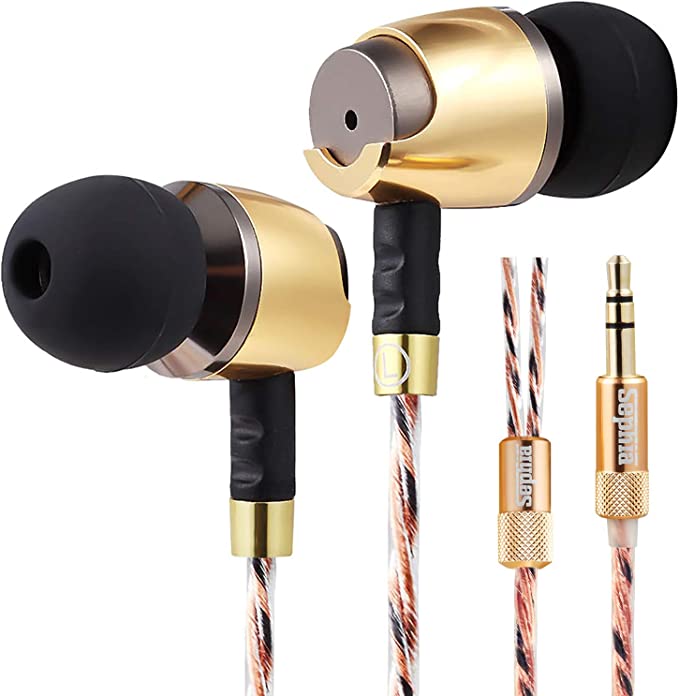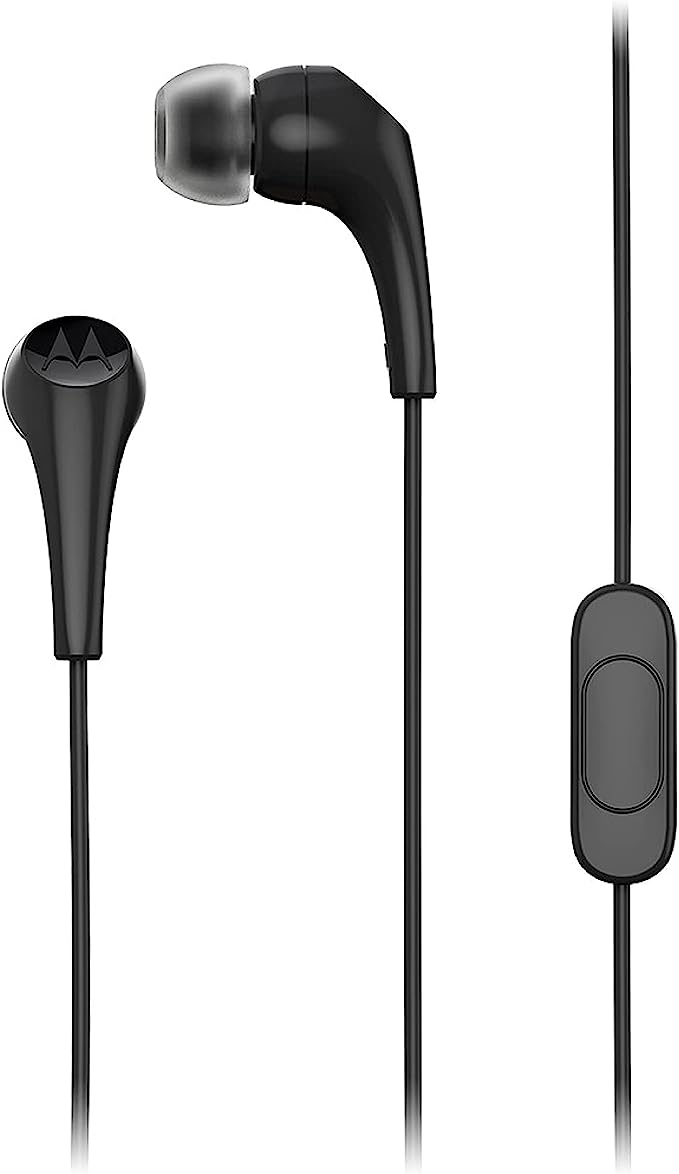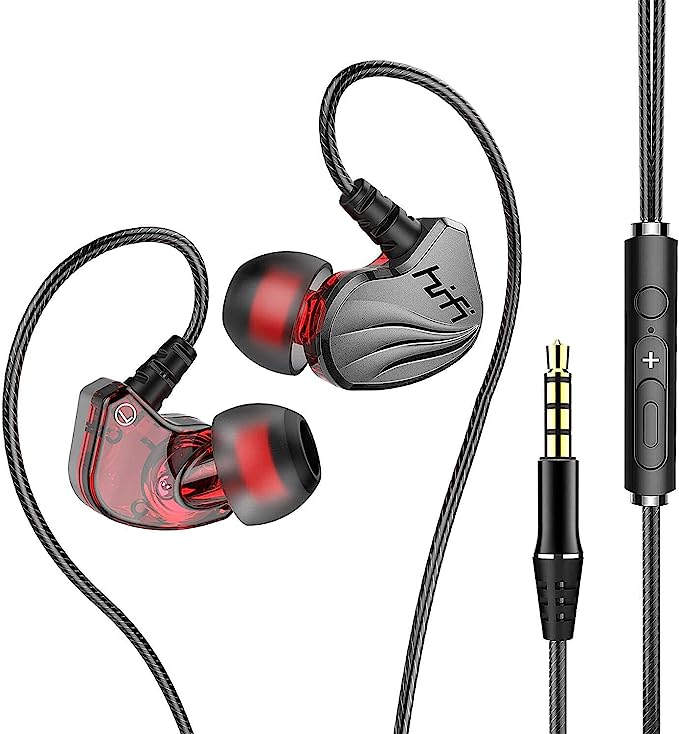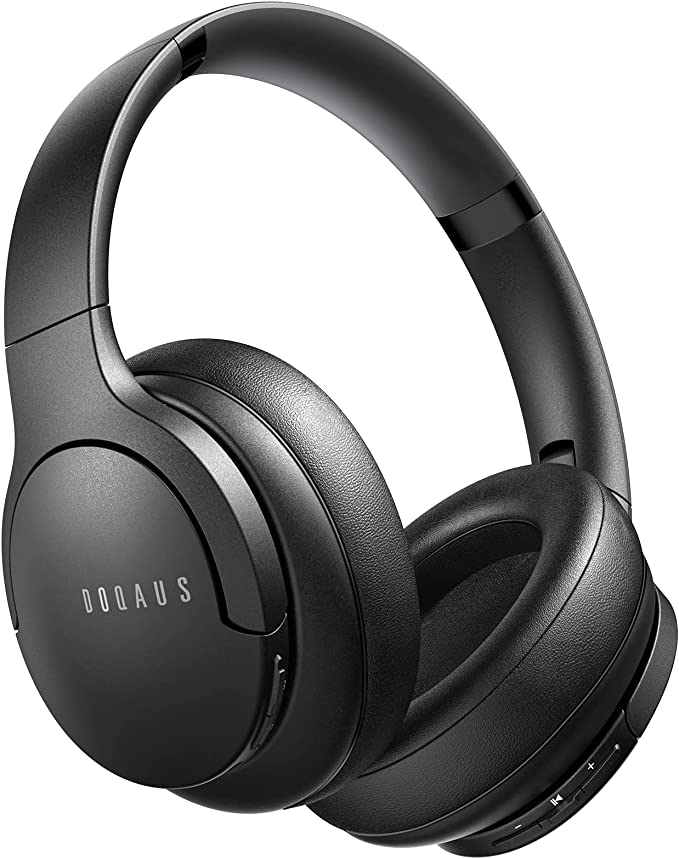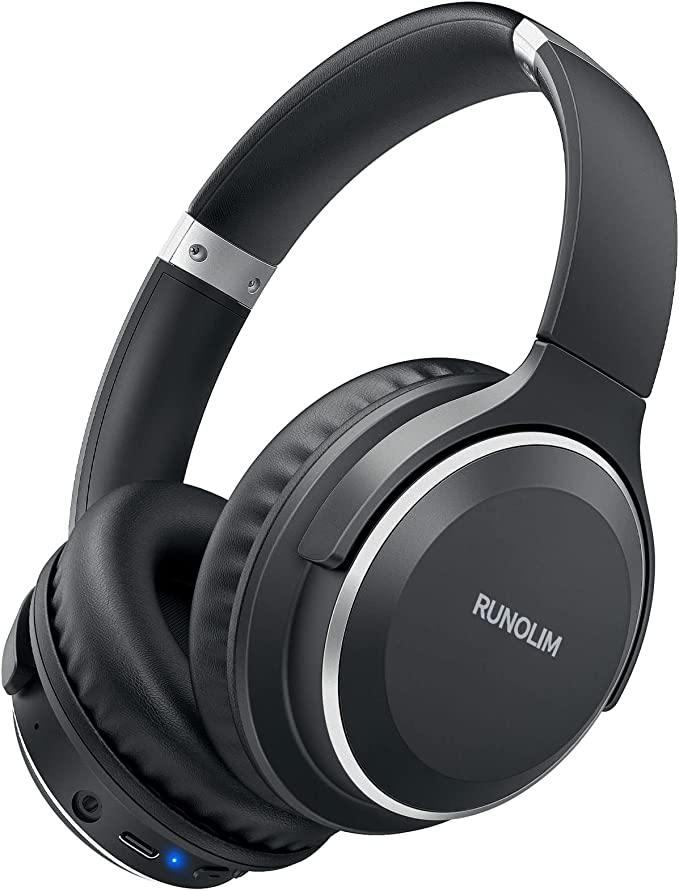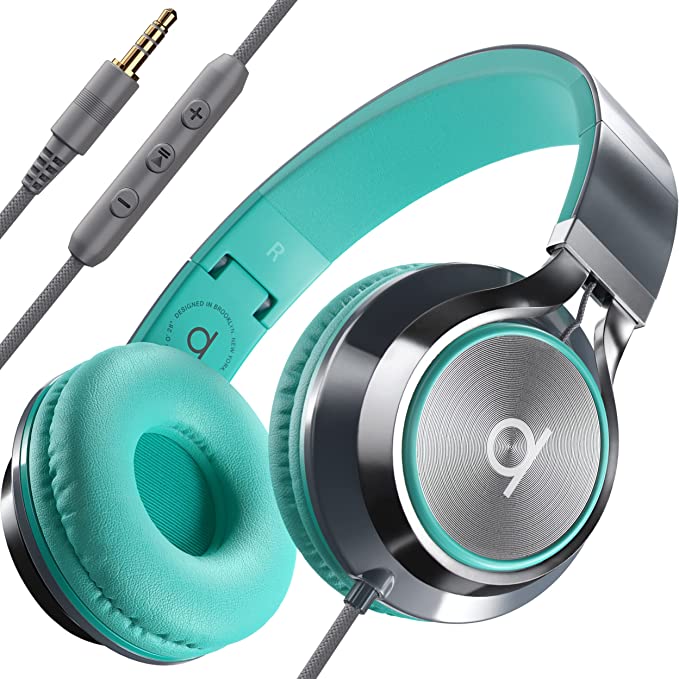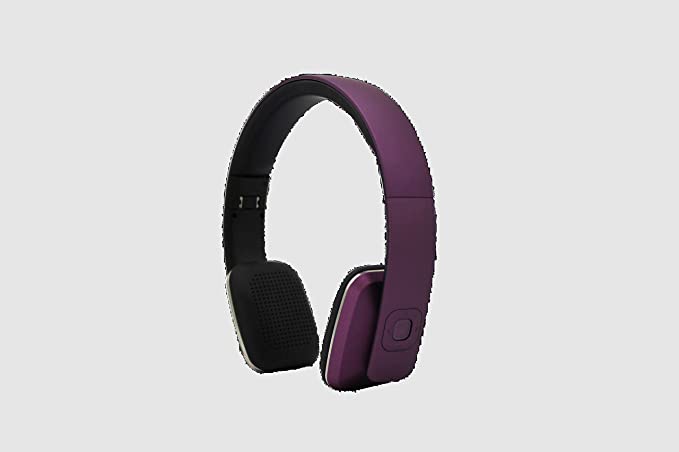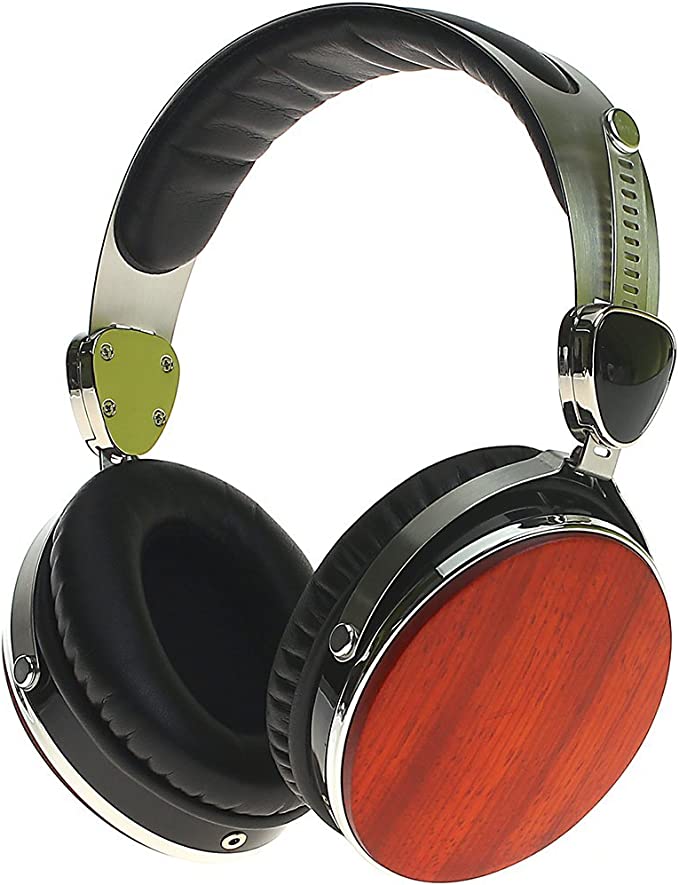Decoding the #1 Best-Seller: JBL Tune 710BT's 50-Hour Battery & "Passive" ANC
Update on Nov. 14, 2025, 10:53 a.m.
When a product becomes the “#1 Best Seller in Over-Ear Headphones” and boasts over 6,200 reviews, it’s worth analyzing why. The JBL Tune 710BT isn’t the most expensive headphone, nor is it packed with every “pro” feature. Instead, it’s a masterclass in pragmatic engineering.
It’s a $50-80 device from a 75-year-old audio brand, designed to solve the real problems of the modern user: battery anxiety, unreliable connections, and the chaos of juggling multiple devices. This isn’t a review, but a “first principles” look at the engineering choices that drove this product to the top.

The “Noise Cancellation” Paradox: Active vs. Passive
Let’s address the biggest point of confusion first. Some product listings incorrectly tag this headphone with “Active Noise Cancellation.” User reviews are unanimous: it does not have ANC. As one reviewer (“johann”) correctly states, “These aren’t advertised as noise cancelling… they definitely don’t cancel noise.”
So why do 5-star reviews praise its noise-blocking ability? * “all noise outside and surrounding you is shut out. Not noise canceled.” - Allie * “The over-ear seal was very good and seemed to do a great job of blocking outside noise.” - Adam Koontz
This is the triumph of Passive Noise Isolation (PNI). * Active Noise Cancellation (ANC) is electronic. It uses microphones and processors to create “anti-noise” waves, and it requires significant battery and cost. * Passive Noise Isolation (PNI) is physical. It’s an acoustic “muffler.” The Tune 710BT’s over-ear form factor and “plush cushions” are engineered to create a strong acoustic seal around your ear.
This seal physically blocks a huge amount of mid- and high-frequency noise (like chatter and traffic). For a $50 headphone, achieving this level of PNI is a smarter engineering choice than including a cheap, low-quality ANC chip that would hiss and drain the battery.

The “Anti-Anxiety” Engineering
The Tune 710BT’s real value proposition is that it’s an “anti-anxiety” device. It is purposefully engineered to eliminate the three biggest frustrations of wireless audio.
1. The “Battery Anxiety” Solution: 50-Hour Playtime
This is the headline feature. A 50-hour battery life (confirmed by a 4.6-star user rating) is a massive engineering win. It’s achieved by not including a power-hungry ANC chip and by leveraging the space of the over-ear design to house a large-capacity battery. This means you can “go weeks without having to charge them,” as one user put it. The 5-minute quick charge for 3 hours of play is a critical failsafe.
2. The “Dead Battery” Solution: Wired + Wireless Mode
What happens when the 50-hour battery finally dies? With TWS earbuds, you’re done. The Tune 710BT, however, includes a detachable audio cable. This “wired mode” is a crucial, “anti-obsolescence” feature. It means the headphones never become useless. It also, as one user noted, provides better sound quality, as the signal is no longer compressed by Bluetooth.
3. The “Device Juggling” Solution: Multi-Point Connection
This is the hidden “pro” feature that most $50 headphones lack. Multi-point connection allows the headphones to be paired with two devices at once (e.g., your laptop and your phone).
* The Use Case: You are watching a video on your tablet (or laptop). A call comes in on your mobile phone. The headphones automatically switch from the video to the call. When you hang up, they switch back.
This is a seamless, high-end feature that solves a major modern headache.

The Audio: “JBL Pure Bass Sound”
JBL built its 75-year reputation on the “impressive sound found in big venues.” The “JBL Pure Bass Sound” is a tuning philosophy. It is not a “flat” or “neutral” reference sound. It is a deliberately tuned sound signature that emphasizes low-end frequencies.
This “punchy” bass is engineered to work with the passive isolation. It provides a powerful, “bold” audio experience that cuts through the low-frequency rumble of a bus or plane, making it ideal for travel and commuting. While audiophiles might prefer a flatter response, 6,228 reviews prove that this “fun” and “powerful” sound is exactly what the mass-market consumer is looking for.
Coda: The #1 Best-Seller, Decoded
The JBL Tune 710BT is the #1 best-seller not because it’s the “best” headphone, but because it is arguably the smartest value.
It is a $50 brand-name product that, as one user put it, is “night and day difference better” than the “$50 generic ones.” It intelligently avoids the expensive (and battery-draining) feature of ANC, and instead delivers exceptional PNI (passive isolation).
It then invests its budget in what really matters for daily use: a massive 50-hour battery, a failsafe wired option, and the “pro-level” convenience of multi-point connection. It is the ultimate pragmatic, “worry-free” headphone.

